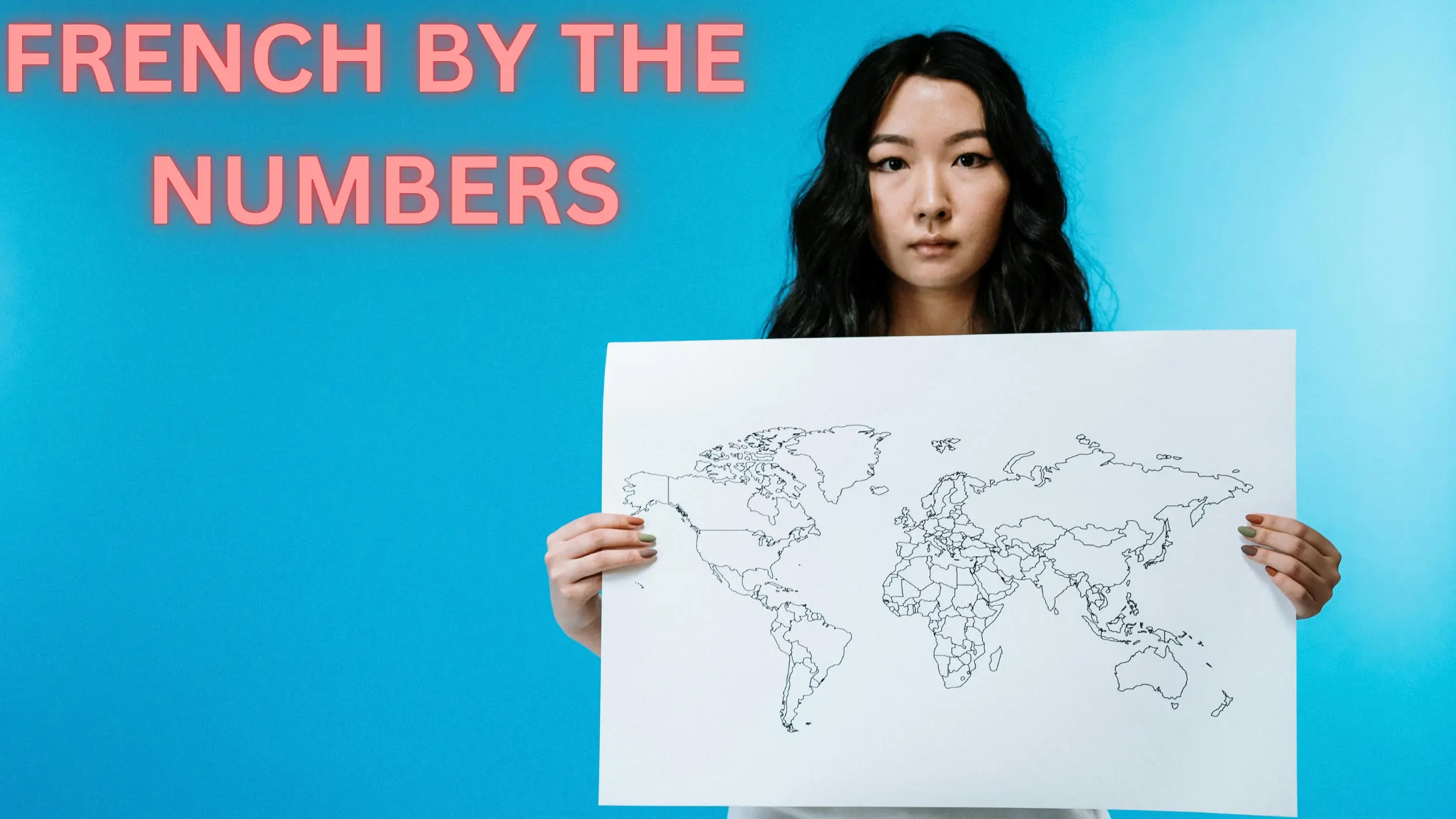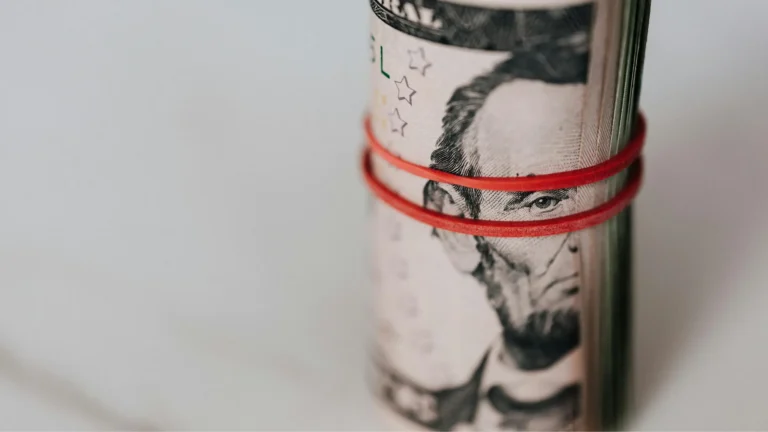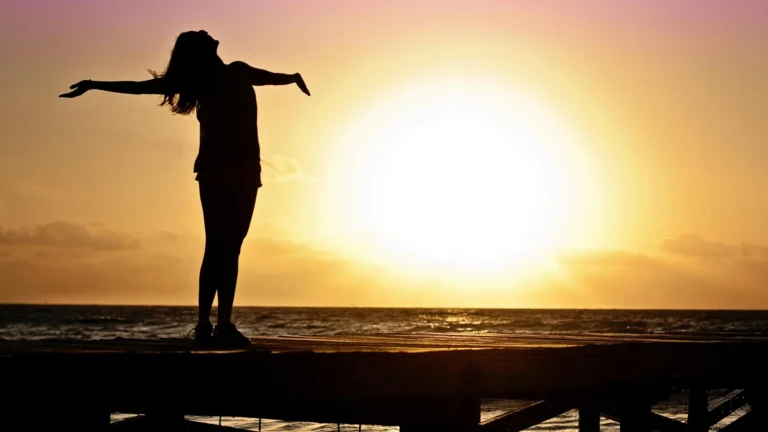Top 15 Countries by French Native Speakers
French is more than just a language; it’s a bridge connecting various cultures, histories, and peoples across the globe. With approximately 274 million speakers worldwide, French holds a significant place in international communication, diplomacy, and culture. In this blog, we will explore the top 15 countries where French is spoken natively, shedding light on the linguistic diversity and cultural richness that accompanies this beautiful language.
1. France (63.8M native speakers)
Naturally, France tops the list with a staggering 63.8 million native speakers. The birthplace of the French language, France is not just known for its rich history and stunning architecture but also for its vibrant culture that encompasses fashion, cuisine, and art. Cities like Paris, Lyon, and Marseille are melting pots of cultural activity, with the language deeply intertwined with national identity. The French education system emphasizes the importance of the language, with literature, philosophy, and the arts playing crucial roles in shaping the French-speaking populace.
Table of Contents
2. Democratic Republic of the Congo (12.3M)
The DRC, with 12.3 million native speakers, epitomizes the complexity of language in postcolonial Africa. French serves as a unifying language among the diverse ethnic groups in the nation, offering a means of communication in a country with over 200 indigenous languages. The influence of French in the DRC is evident in its literature, music, and film, where artists like Papa Wemba and filmmakers like Djo Tunda Wa Munga are celebrated for their contributions to Francophone culture.
3. Canada (8.8M)
Canada is officially bilingual, with 8.8 million native French speakers, predominantly in the province of Quebec, where French culture thrives. The city of Montreal is a cultural hub that showcases French heritage through festivals like the Festival International de Jazz and the Just for Laughs comedy festival. The influence of French in Canadian identity is significant, with French immersion programs in schools ensuring that the language continues to flourish in the next generation.
4. Haiti (4.9M)
Haiti, with 4.9 million speakers, offers a unique blend of French and Haitian Creole. The language is tightly linked to the nation’s history and identity, reflecting its colonial past and the Haitian Revolution. French is used in official contexts, literature, and education, while Creole serves as the language of daily life. The rich oral traditions and storytelling in Haitian Creole have gained international recognition, showcasing the artistic potential of the language.
5. Belgium (4.9M)
Belgium is home to 4.9 million native French speakers, primarily in the Walloon region and the Brussels Capital Region. The linguistic diversity in Belgium is fascinating, with Dutch and German also recognized as official languages. This multilingualism influences Belgian culture, from its unique comic book tradition featuring characters like Tintin to the vibrant culinary scene that includes French fries and waffles. The interplay of languages in Belgium creates a dynamic cultural landscape.
6. United States (2.3M)
While it may be surprising, the United States has 2.3 million native French speakers, mainly in Louisiana and parts of New England. The historical influence of French colonization is evident in Louisiana’s Creole culture, where French is celebrated in music, cuisine, and festivals like Mardi Gras. The preservation efforts of groups like the Council for the Development of French in Louisiana (CODOFIL) are essential in maintaining the language and cultural heritage in the region.
7. Tunisia (2.0M)
In Tunisia, French is widely spoken and serves as a language of education, commerce, and diplomacy, with 2 million native speakers. The French colonial period heavily influenced the language’s prevalence. Today, Tunisian French is characterized by a unique blend of Arabic and French, evident in the country’s literature, media, and everyday conversations. The vibrant arts scene, including cinema and music, reflects this linguistic fusion, with artists like Dhafer Youssef gaining international acclaim.
8. Switzerland (1.9M)
Switzerland boasts 1.9 million native French speakers, primarily in the western region of Romandy. The Swiss embrace multiple languages, including German and Italian, showcasing a remarkable linguistic harmony. French is integral to Swiss identity, influencing the country’s literature, art, and education. Swiss authors like Alice Rivaz and artists like Paul Klee highlight the cultural contributions of the French speaking community.
9. Mali (1.5M)
Mali, with 1.5 million native speakers, illustrates the role of French in postcolonial Africa. The language serves as a medium of education and governance, while local languages like Bambara are widely spoken. The influence of French literature and music is noteworthy, with Malian musicians like Salif Keita and Amadou & Mariam gaining international recognition. The fusion of traditional Malian music with French influences creates a unique cultural tapestry.
10. Cameroon (859K)
In Cameroon, where 859,000 people speak French natively, the language coexists with multiple indigenous languages. French is an official language, used in administration and education, and is vital for national unity among the country’s diverse ethnic groups. Cameroonian artists like Manu Dibango and Richard Bona showcase the rich cultural heritage of the Frenchspeaking community through music that blends traditional rhythms with jazz and pop.
11. Madagascar (697K)
Madagascar, with 697,000 French speakers, reflects the historical ties between France and the island nation. French is used in government and education, with a blend of Malagasy culture. The Malagasy French literature scene is vibrant, with authors like Jean-Luc Raharimanana gaining recognition. The island’s unique biodiversity and rich cultural heritage contribute to the allure of the French language.
12. Togo (652K)
Togo, where 652,000 people speak French natively, showcases the language’s role in administration and education. French is a means of unity among diverse ethnic groups, fostering communication and cultural exchange. Togo’s arts, particularly in music and visual arts, reflect the influence of French culture, blending traditional forms with contemporary expressions.
13. Ivory Coast (606K)
The Ivory Coast has 606,000 native French speakers, where the language serves as a unifying tool in a nation rich in ethnic diversity. French is used in government, media, and education, influencing the Ivorian culture. Renowned artists like Alpha Blondy and Magic System, who incorporate French into their music, contribute to the global recognition of Ivorian culture.
14. Central African Republic (431K)
In the Central African Republic, with 431,000 native speakers, French is an official language alongside Sango. The language plays a crucial role in governance and education. Despite political challenges, the Francophone community continues to foster cultural expressions through literature and art, highlighting the resilience of the French language in the region.
15. Chad (420K)
Finally, Chad, with 420,000 native French speakers, reflects the linguistic diversity of Central Africa. French serves as a language of administration and education, coexisting with Arabic and numerous local languages. The cultural landscape of Chad is rich, with traditional music and crafts showcasing the fusion of languages and cultures in the region.
Conclusion
The presence of French in these 15 countries showcases the language’s incredible adaptability and cultural significance. From the bustling streets of Paris to the vibrant markets of Dakar, the French serves as a unifying force that transcends geographical boundaries. As we celebrate the global influence of French, we also embrace the rich diversity of cultures and identities that come with it. Whether through literature, music, or everyday conversation, the Francophone world continues to inspire and connect people across continents.
By understanding and appreciating the nuances of French speaking cultures, we can foster greater communication and collaboration in our increasingly interconnected world. So, whether you’re sipping coffee in a Parisian café or dancing to Afrobeat in Abidjan, the beauty of the French language surrounds you, inviting you to explore its depths and celebrate its global legacy.







